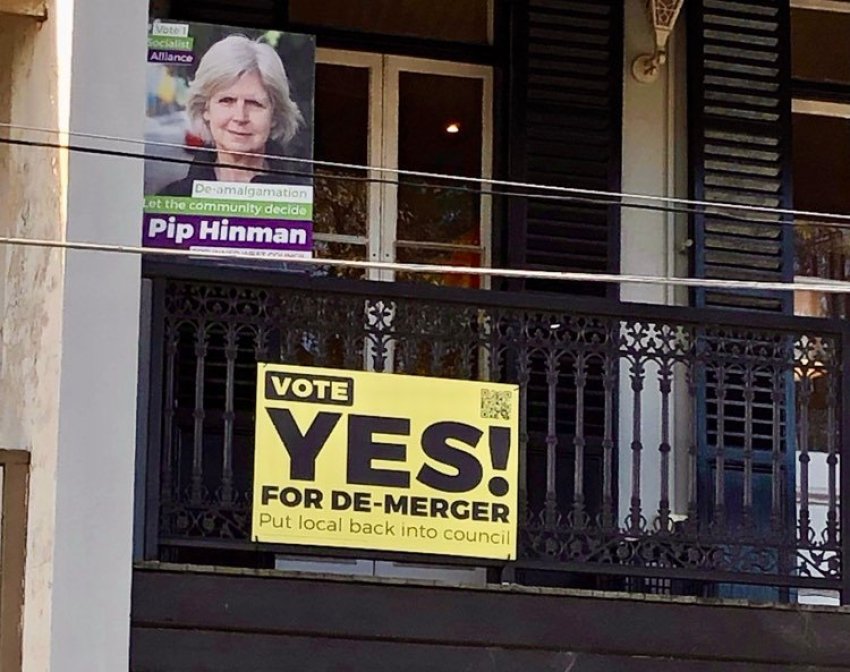
New South Wales residents will head to the polls on December 4 to take part in the local government elections, voting for candidates and parties with various issues in mind.
In Sydney’s Inner West, one of the biggest issues is the topic of de-amalgamation. Many residents of the Inner West Council (IWC) are hoping for a de-amalgamation of the “super council”, which was created on May 12, 2016, when the once separate councils of Ashfield, Leichhardt and Marrickville were merged.
The three Local Government Areas (LGAs) were not the only ones to merge in 2016: the government merged 42 councils into 19, ostensibly to create a more efficient, cost-effective and streamlined local government system.
Critics say that, in practice, the expected cost savings have not eventuated and that residents of the merged LGAs are being denied true local representation.
On December 4, IWC residents will be polled in conjunction with the election, as to whether they would like to see the council split up.
A resident-led campaign to de-amalgamate the council has recently gained traction, with flyers placed in residents’ letterboxes by the Residents for De-amalgamation group.
The flyers promote a “Yes” response to the question of whether IWC should de-amalgamate and return to its previous arrangement of three smaller local councils.
The movement has the support of several councillors and candidates, including Socialist Alliance candidate in the Damun (Stanmore) ward, Pip Hinman.
“The Residents for De-amalgamation group, formed after a well-attended Zoom meeting in July, shows that there is interest in returning to the former Marrickville, Leichhardt and Ashfield Councils,” Hinman said.
“The forced amalgamation of three councils in the Inner West has led to rate rises, a deterioration of services and far less representation,” she said.
Residents for De-amalgamation isn’t the only movement trying to return the councils to their previous incarnations. A statewide group, Demerge NSW Alliance (DNA), has formed and includes both country and city-based councils.
“The newly-formed … DNA is uniting people from across NSW who are campaigning for councils to give their residents a say. They will be launching on November 9 at Parliament House at 12 noon,” Hinman said.
“Residents were not listened to before the forced merger [of the three councils] and they should have a direct say in whether the amalgamation has worked. If a majority says it hasn’t, the incoming council will have to continue to work with residents to construct a good case to put the NSW government — which must be made to pay for any de-merger.”
Audits in 2020 that date back to the 2016 mergers, analysed by LSI Consulting, have highlighted that 19 of 20 merged councils have lost money and have underperformed when compared to the 108 councils that weren’t merged. The IWC was the second-worst financial performer, according to the LSI report.
“Councils need to serve the community. Councillors should be connected and accountable to their local communities,” Hinman told the Sentinel.
“The call for smaller councils is not about nostalgia; it’s about putting the local back into local government. People feel alienated enough from all levels of government: it’s at the local level that residents in the Inner West have been very involved.”
[Reprinted from the Sydney Sentinel.]